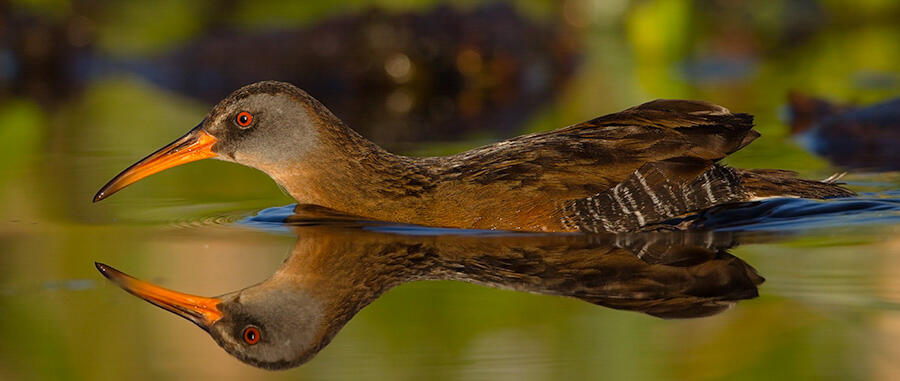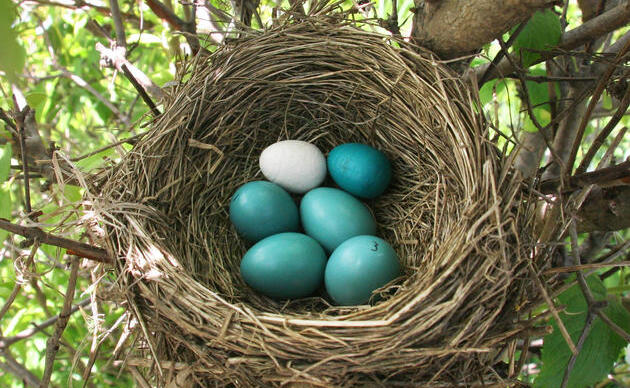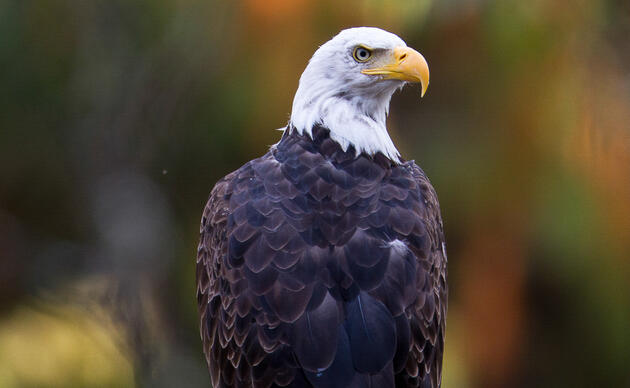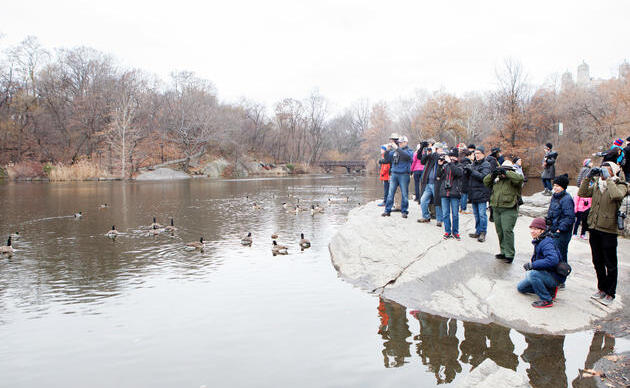
ST. PAUL, MINN (June 26, 2019) – According to new research published in The Condor (PDF), a scientific journal of the American Ornithological Society, declining Minnesota marsh bird species will greatly benefit from wetland habitat protection and restoration in the Tallgrass Aspen Parklands and Boreal regions. Marsh bird species like American Bittern, Sora, and Virginia Rail are in steep decline and this new research suggests that these species are responding to habitat at different spatial scales. Thus, implementation of regional conservation actions at multiple spatial levels is needed to boost populations of breeding marsh birds in the state.
“Northern regions of Minnesota are often overlooked when it comes to conservation management,” said Sarah Saunders, Quantitative Ecologist for the National Audubon Society, who co-authored the paper. “Our study revealed that those overlooked areas are actually ideal for large-scale conservation efforts.”
Wetlands in the Tallgrass Aspen Parklands and Boreal regions are less susceptible to land use change and are embedded in a landscape that is less dominated by agriculture and development. That means species that are highly sensitive to agriculture and development, such as American Bittern and Wilson’s Snipe, will be responsive to conservation efforts in regions that have undergone less land conversion.
The study looked at factors influencing marsh bird abundance and occurrence of nine species that are experiencing widespread population declines. Scientists found that marsh birds, such as Sandhill Crane and Pied-billed Grebe, are responding to agriculture and development up to 4 miles away from the marsh.
On average, marsh birds were most likely to occur in the Prairie Pothole Region. This region is predominantly agricultural with proportionately 2.5% of wetlands remaining, making it a priority region for habitat conservation in a working lands context. The Aspen Parklands Region also had a high level of expected marsh bird occupancy and the greatest proportional cover of wetlands in the state, highlighting the importance of this region for landscape level conservation efforts.
“This study wouldn’t have been possible without two key ingredients,” said Kristin Hall, co-author and project manager. “The dedicated effort of curious volunteers seeking an adventure, and the vote of concerned Minnesotans who helped establish the Environment and Natural Resources Trust Fund. What an amazing place to live and work.”
The marsh bird study was conducted over a period of two years. Forty-six volunteers were guided by a handful of staff, as a result of efforts that started with the Breeding Bird Atlas. This research will allow Audubon to fine tune its conservation efforts. Audubon and our partners will be better positioned to target restoration and protection of landscapes with the potential to sustain marsh birds in the long term.
Funding for the Minnesota Marsh Bird Survey and the Minnesota Breeding Bird Atlas was provided by the Environment and Natural Resources Trust Fund as recommended by the Legislative-Citizen Commission on Minnesota Resources (LCCMR).
Audubon Minnesota is a nonprofit dedicated to addressing the biggest threats to birds and their habitats through science, advocacy, outreach, and on-the-ground conservation. For the latest on our work, follow us on Facebook and Twitter.
###
Media Contacts:
Ashley Peters
952-715-1209



